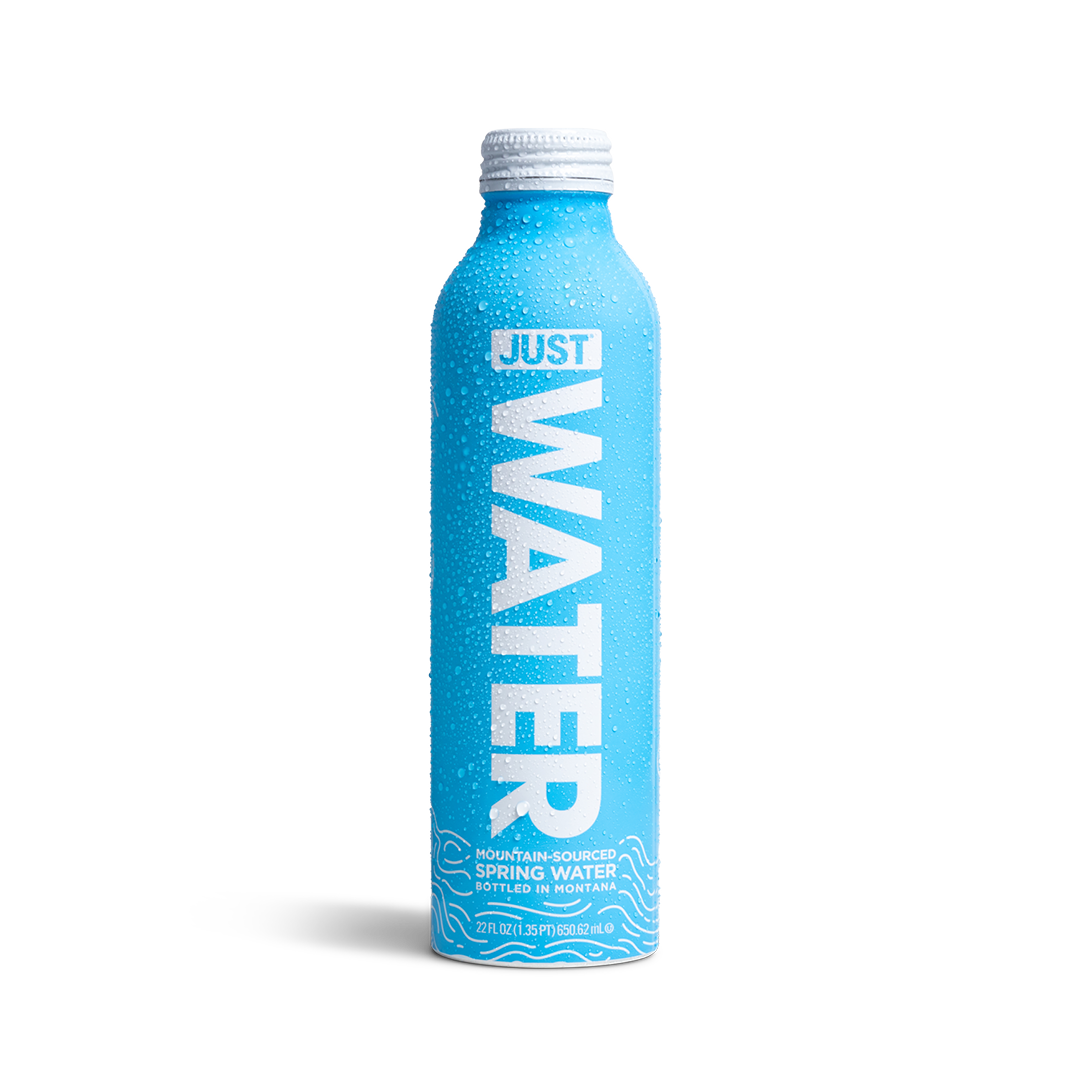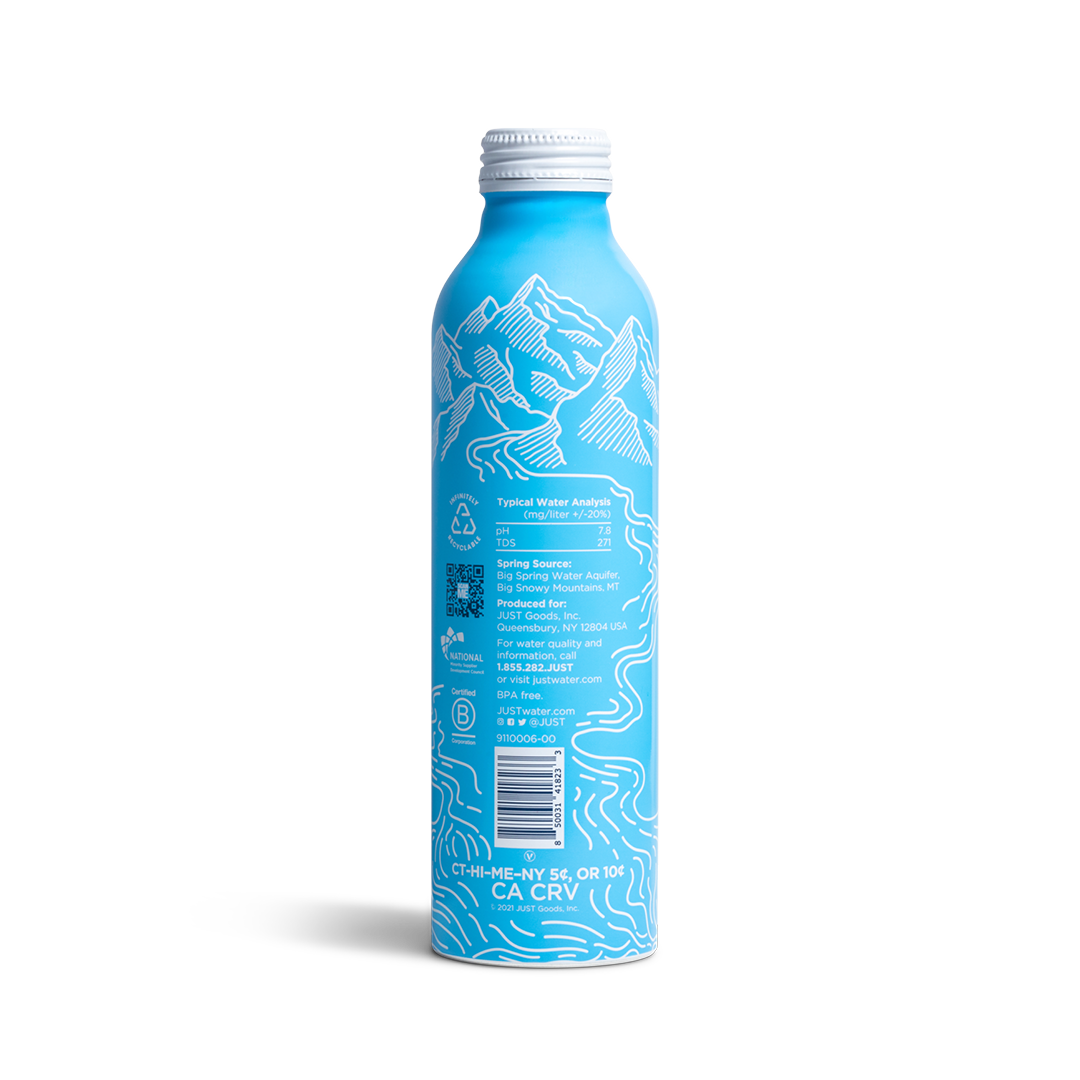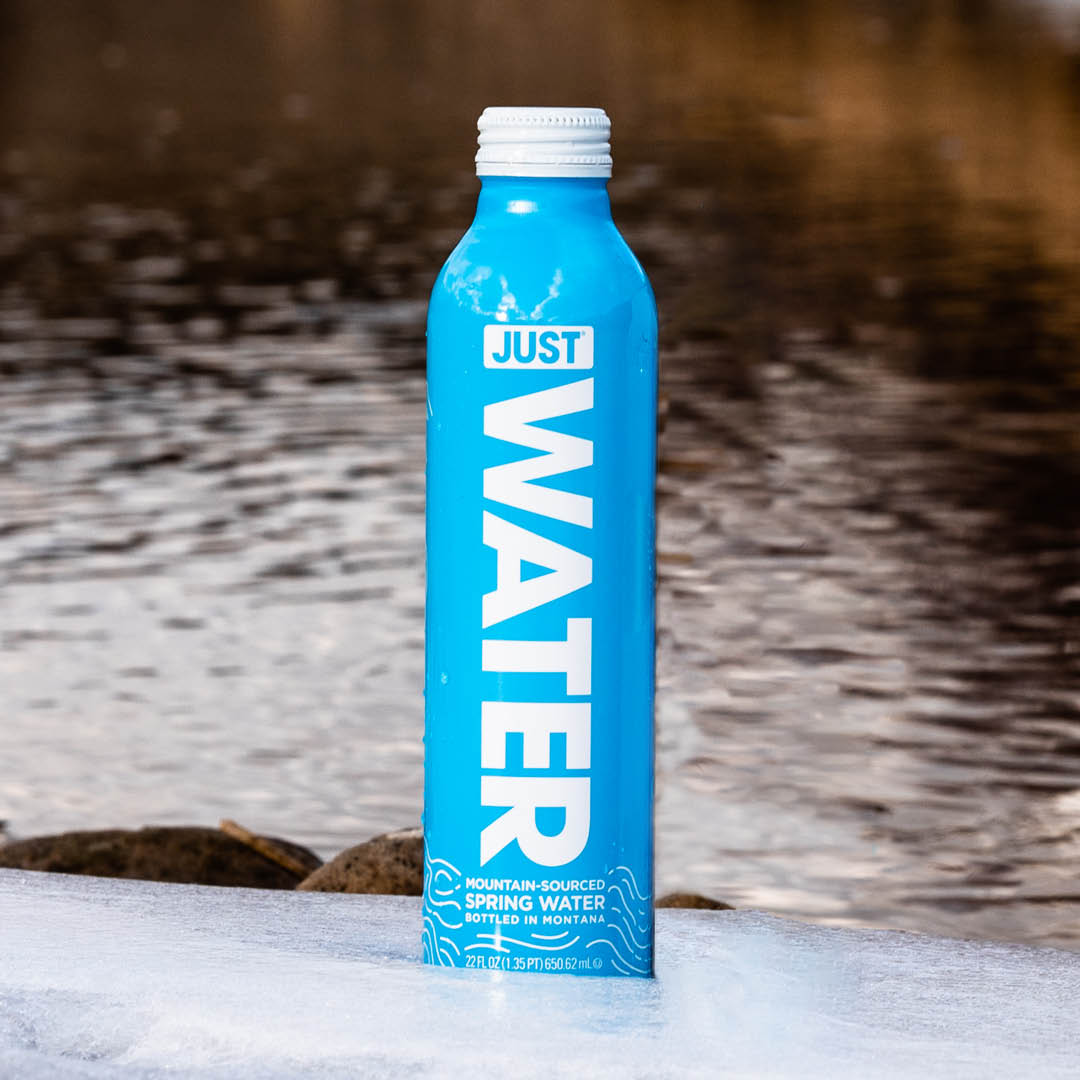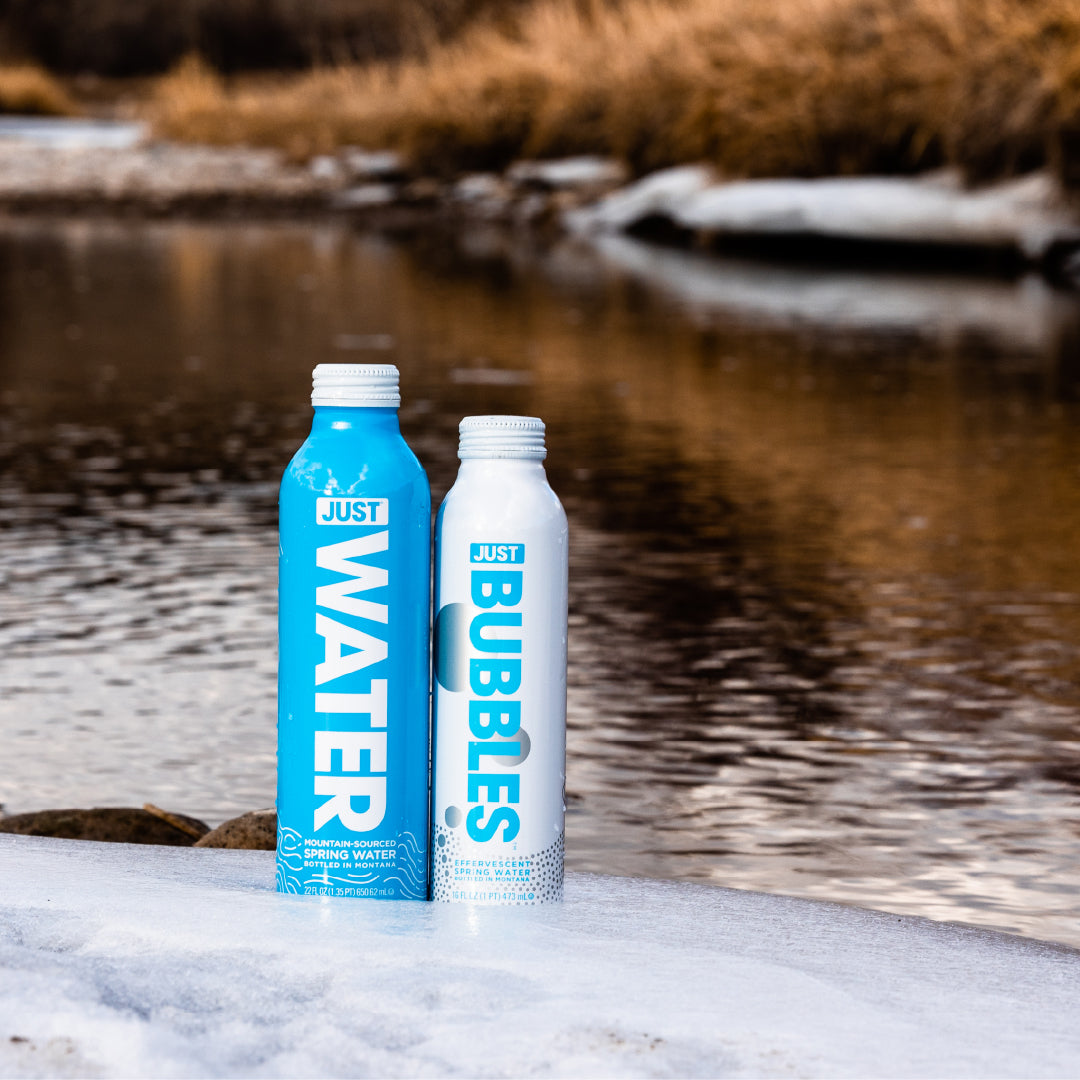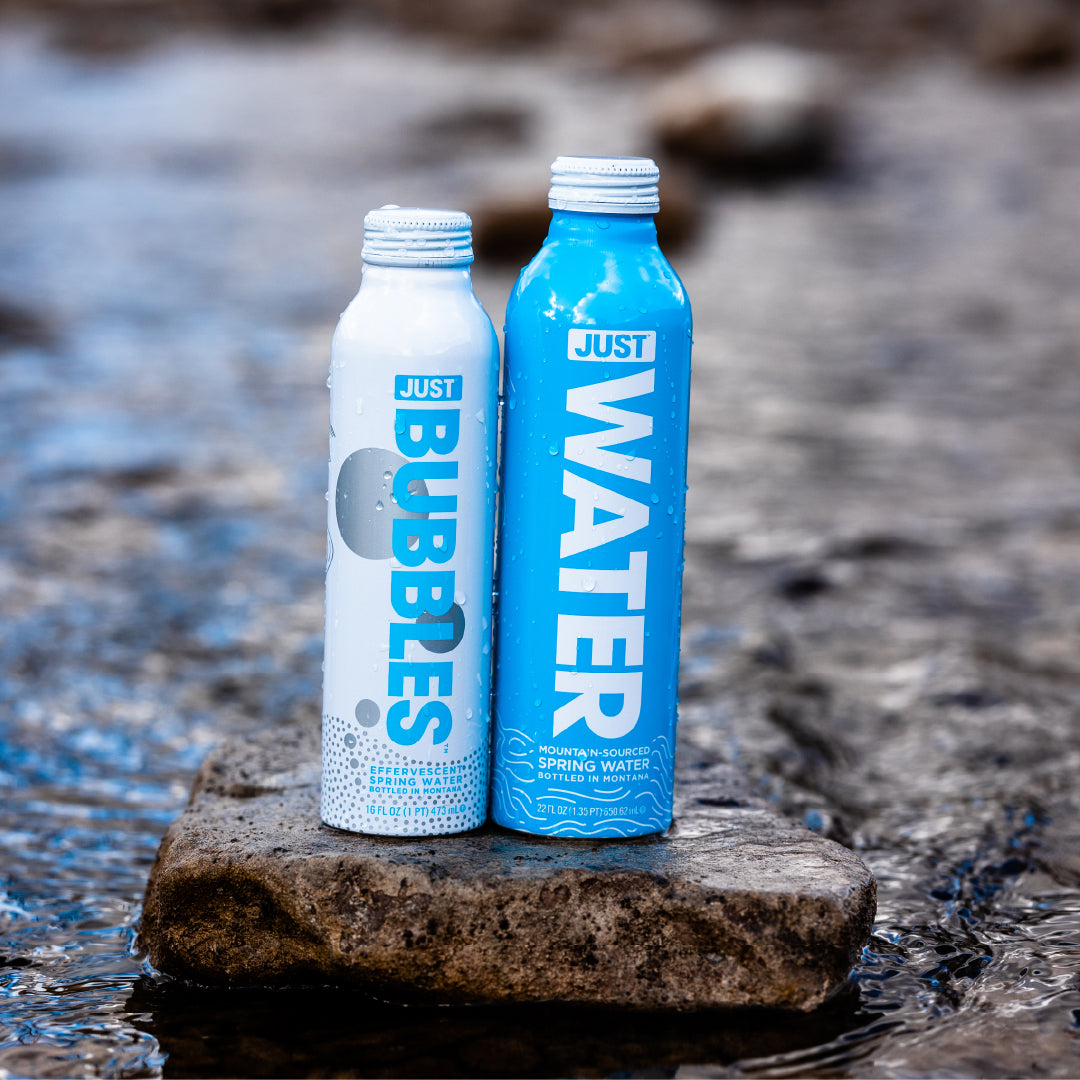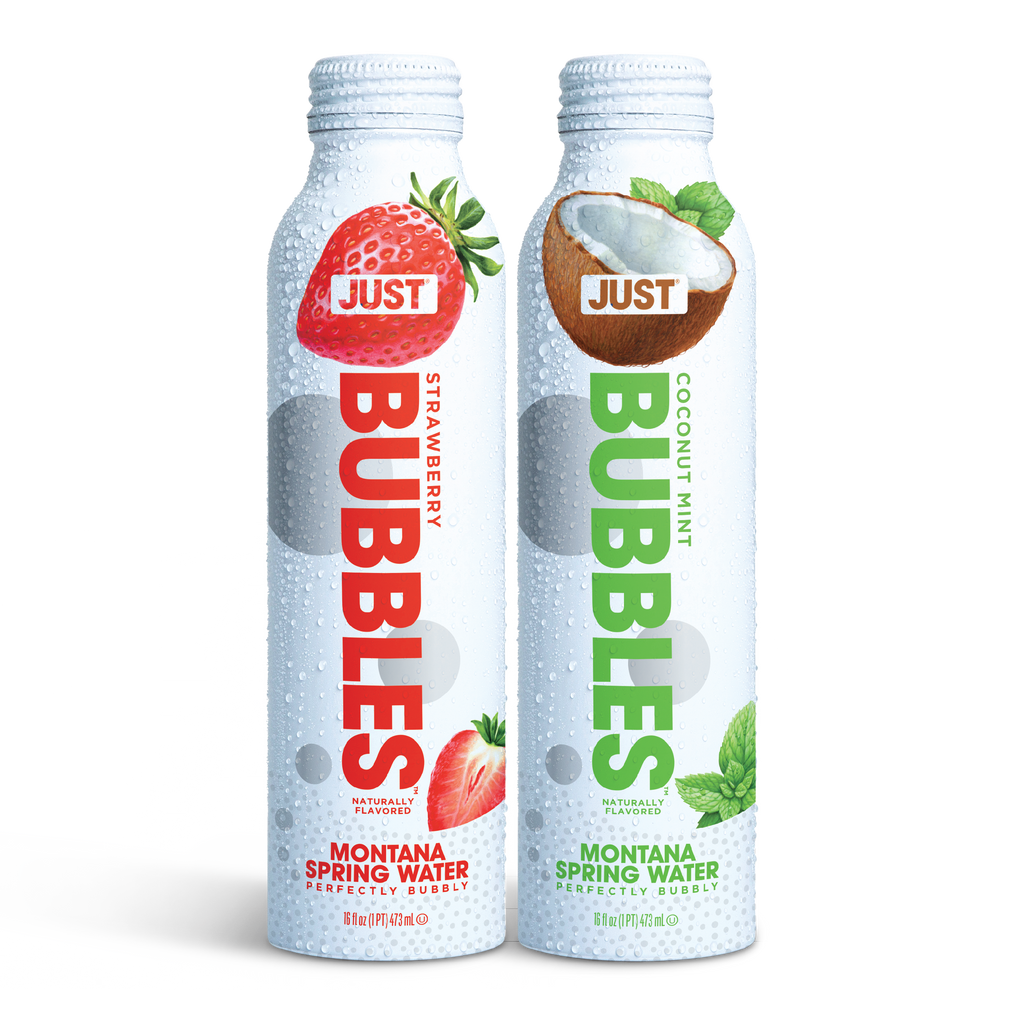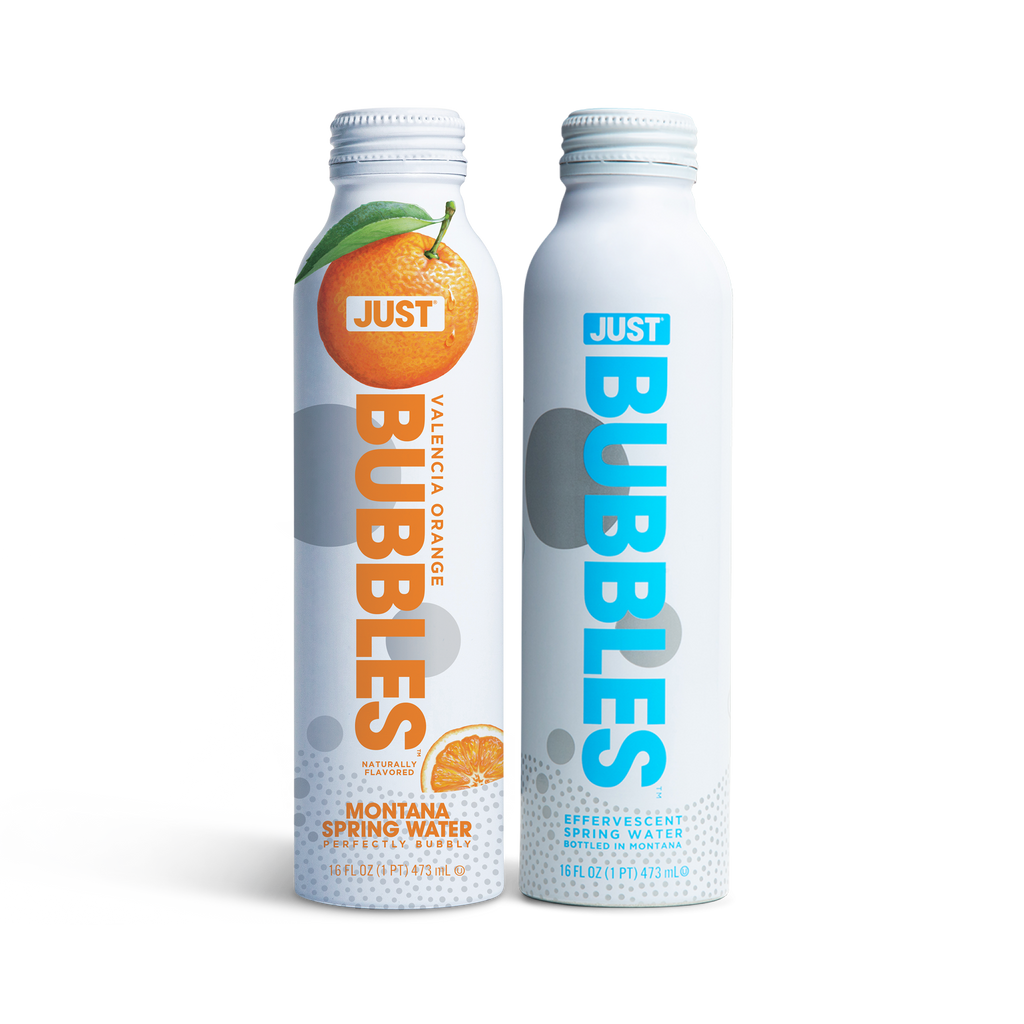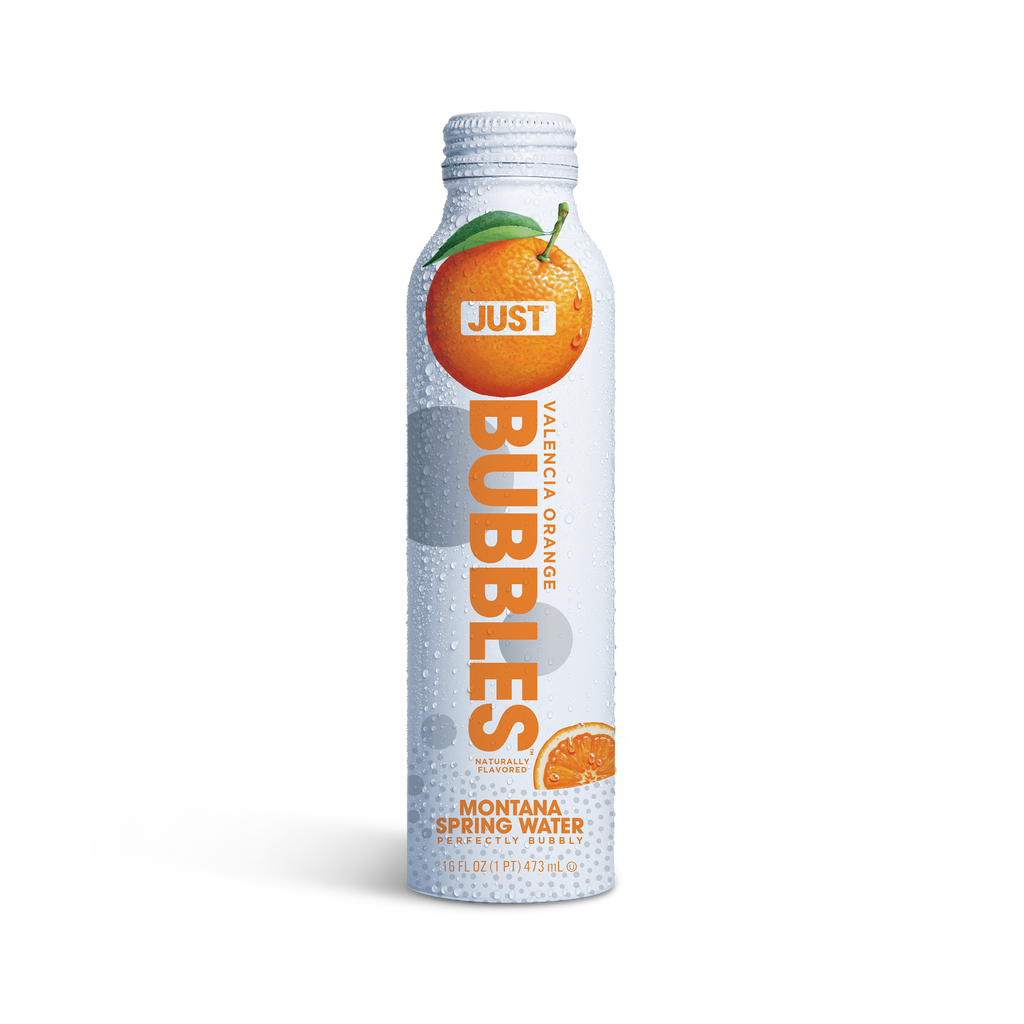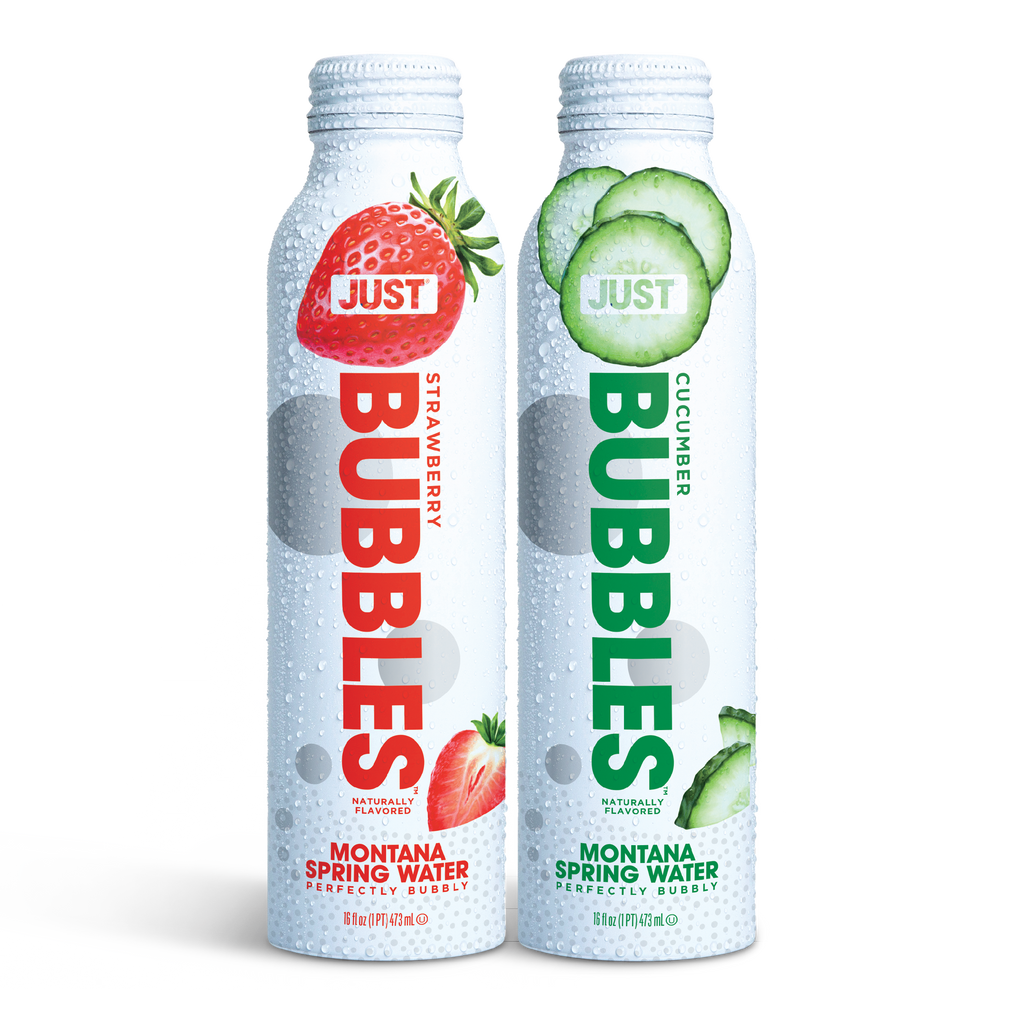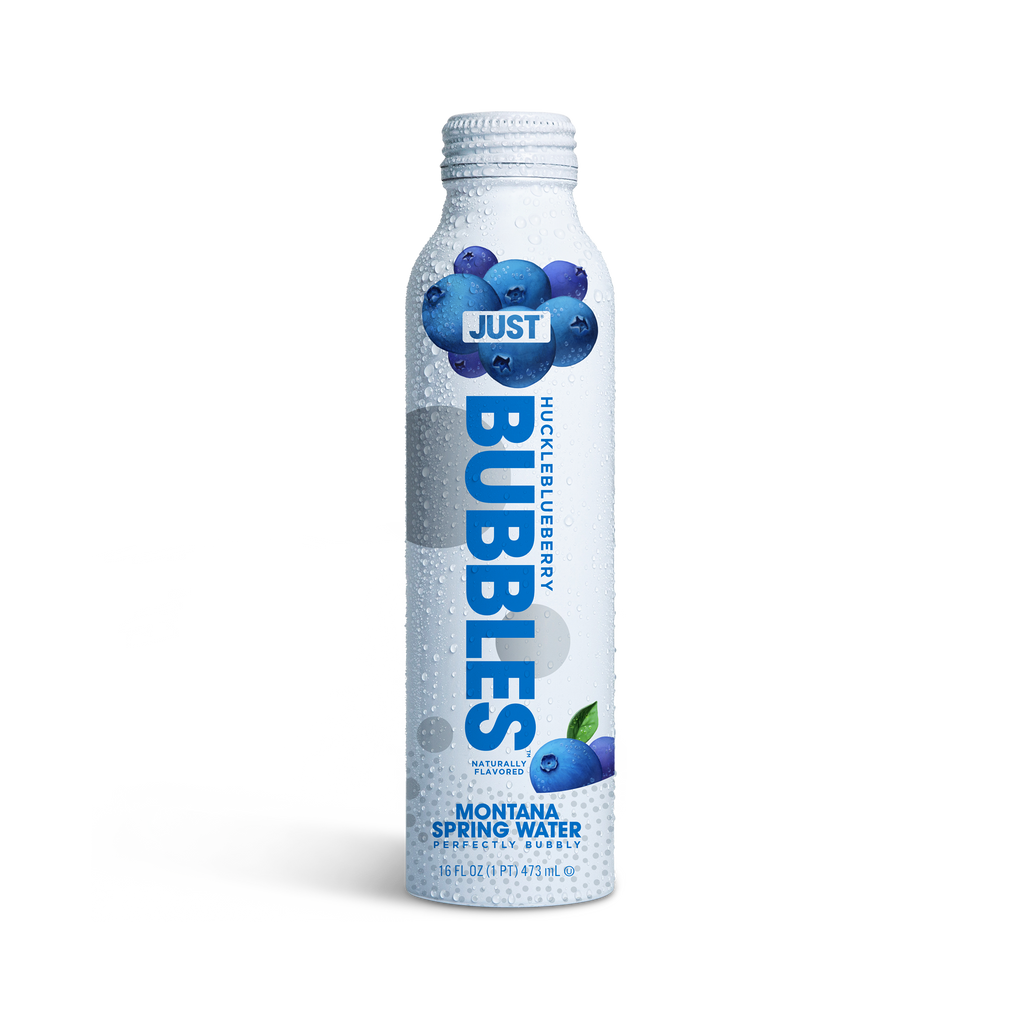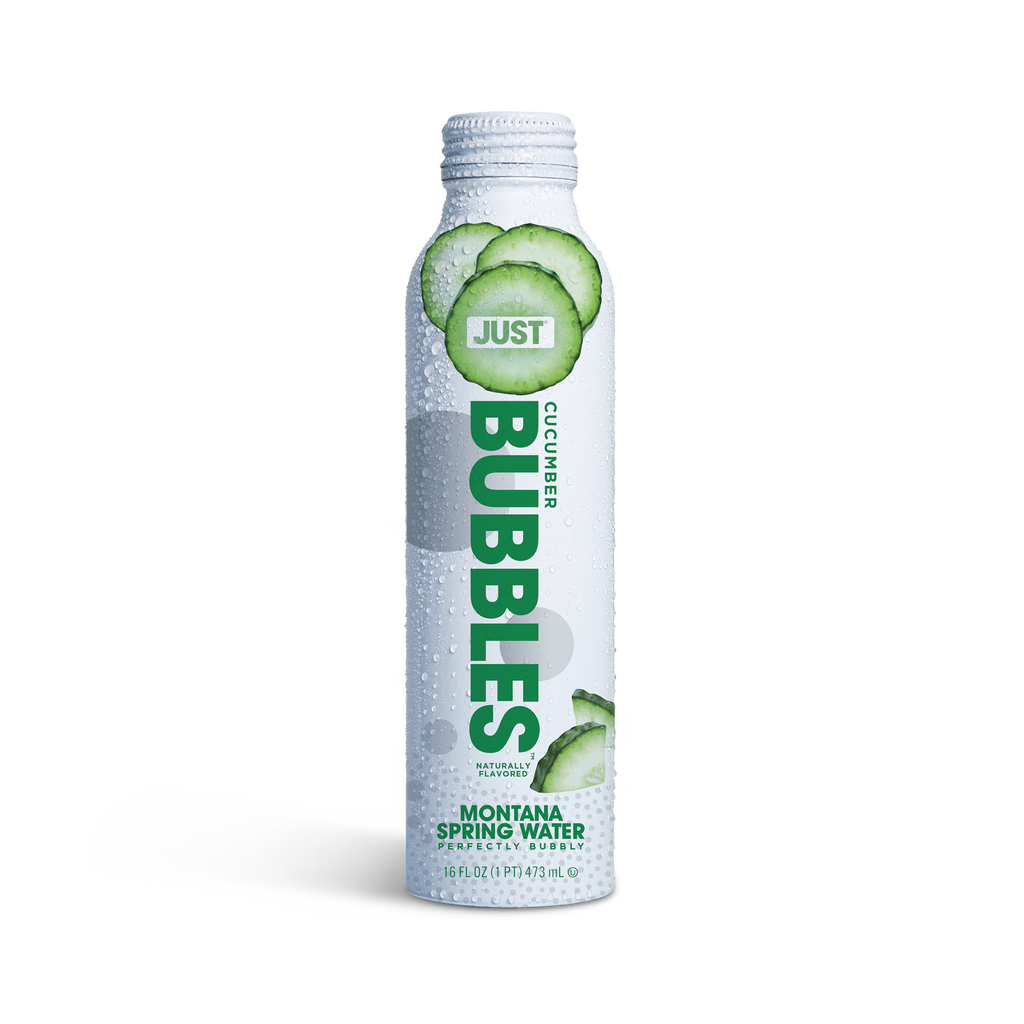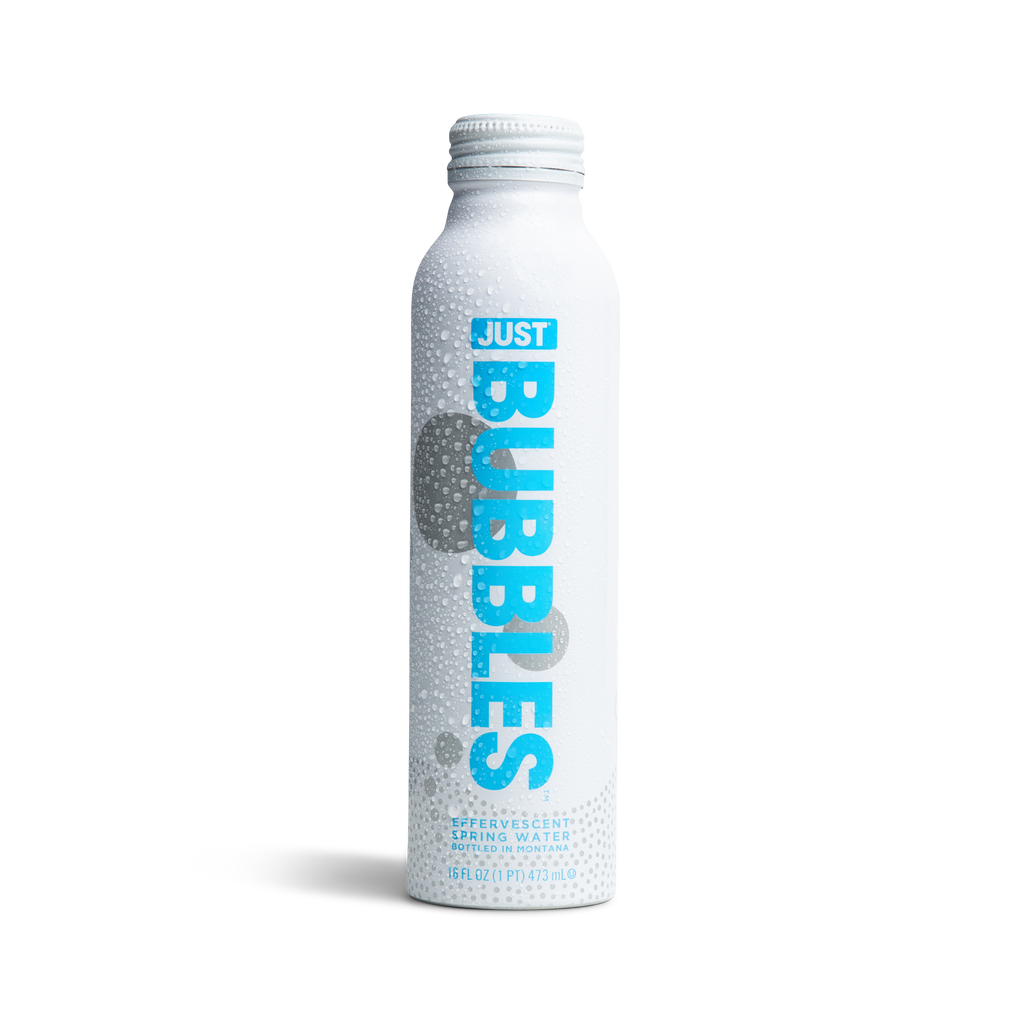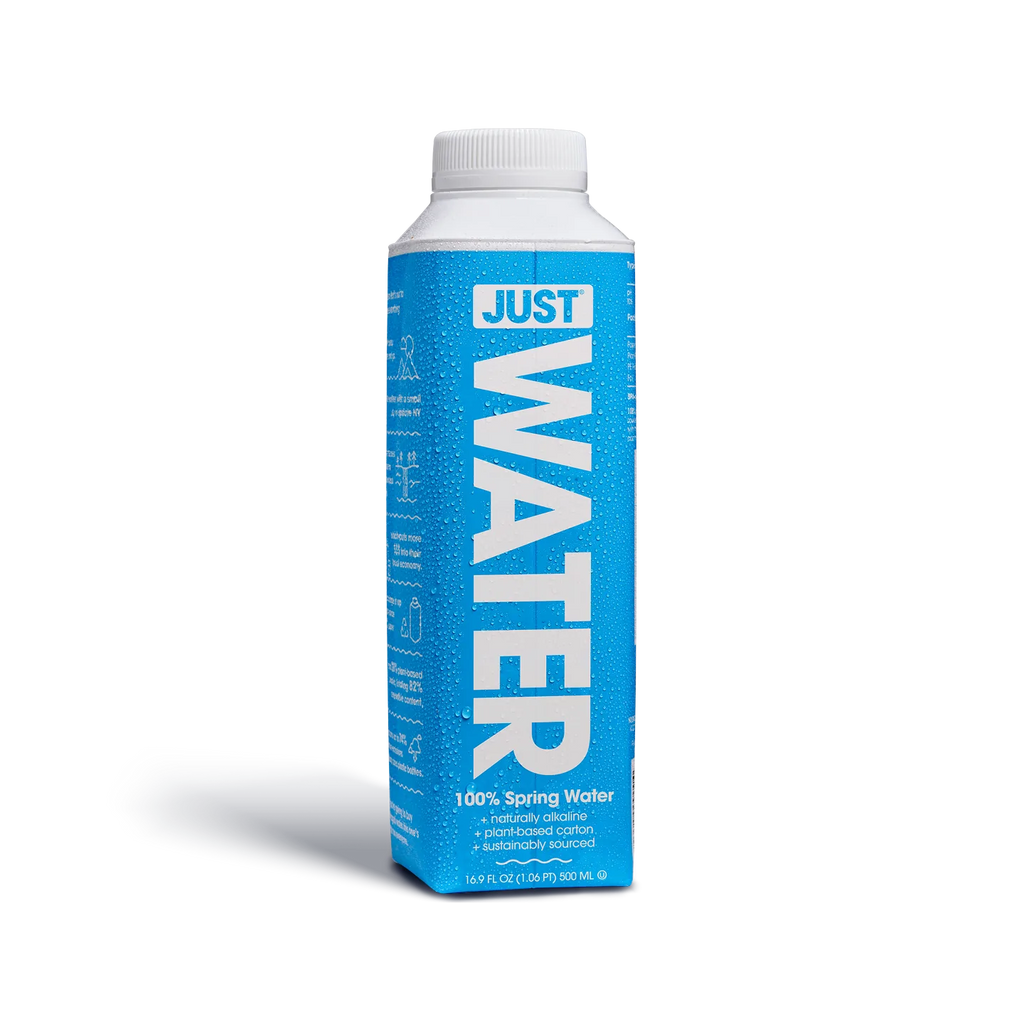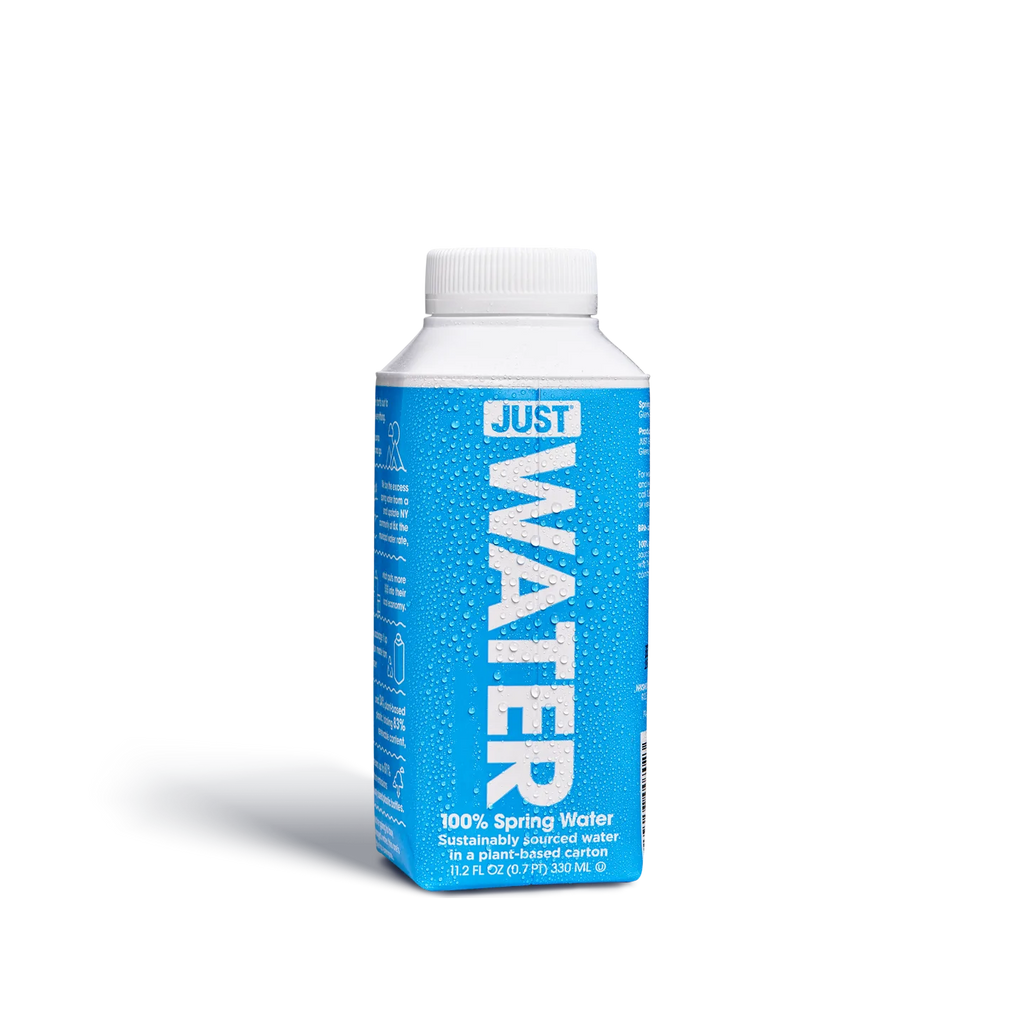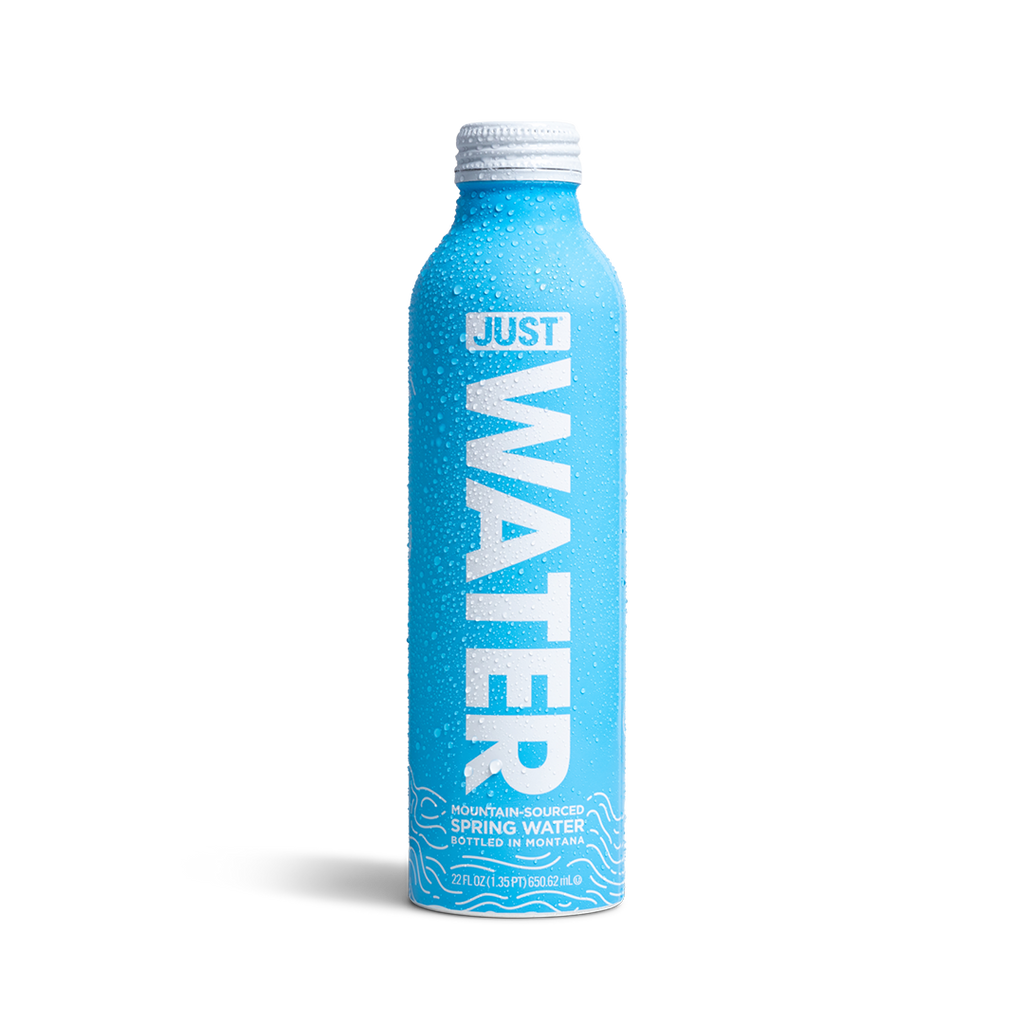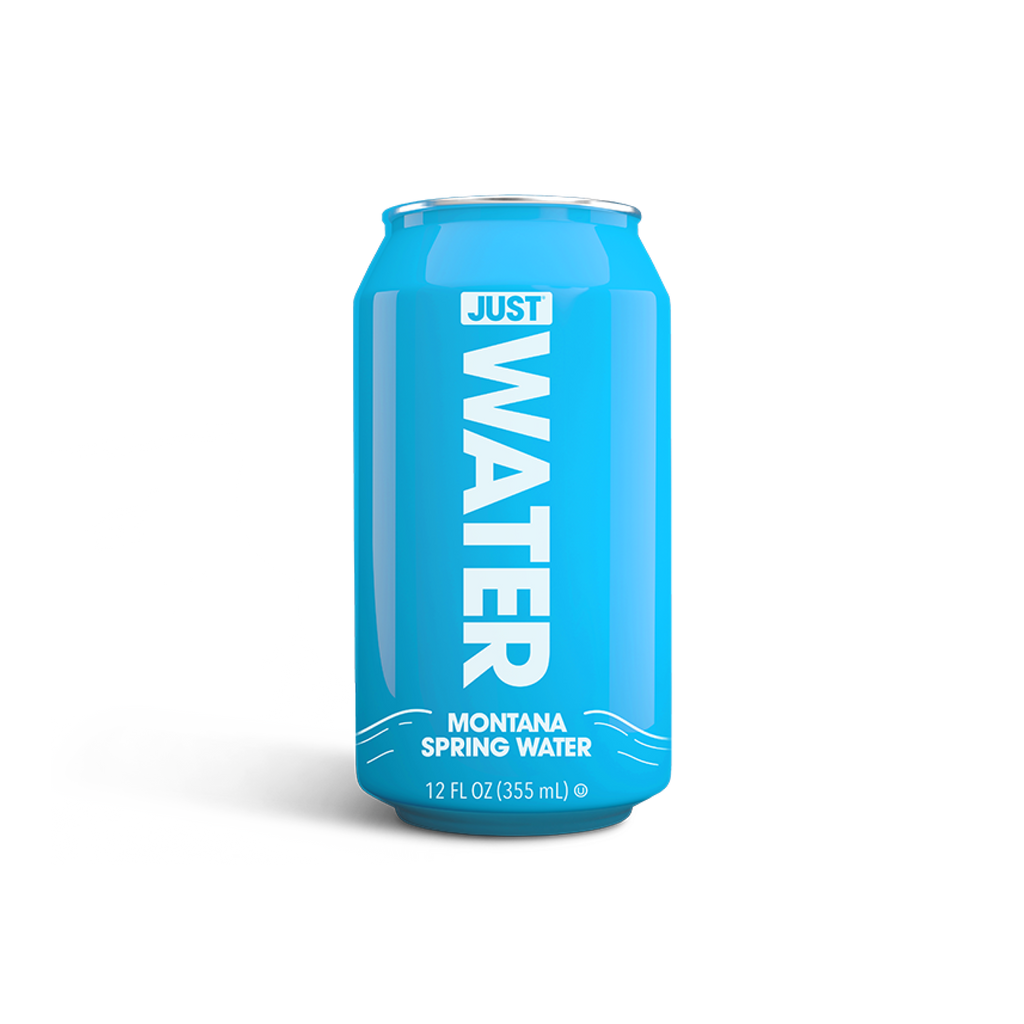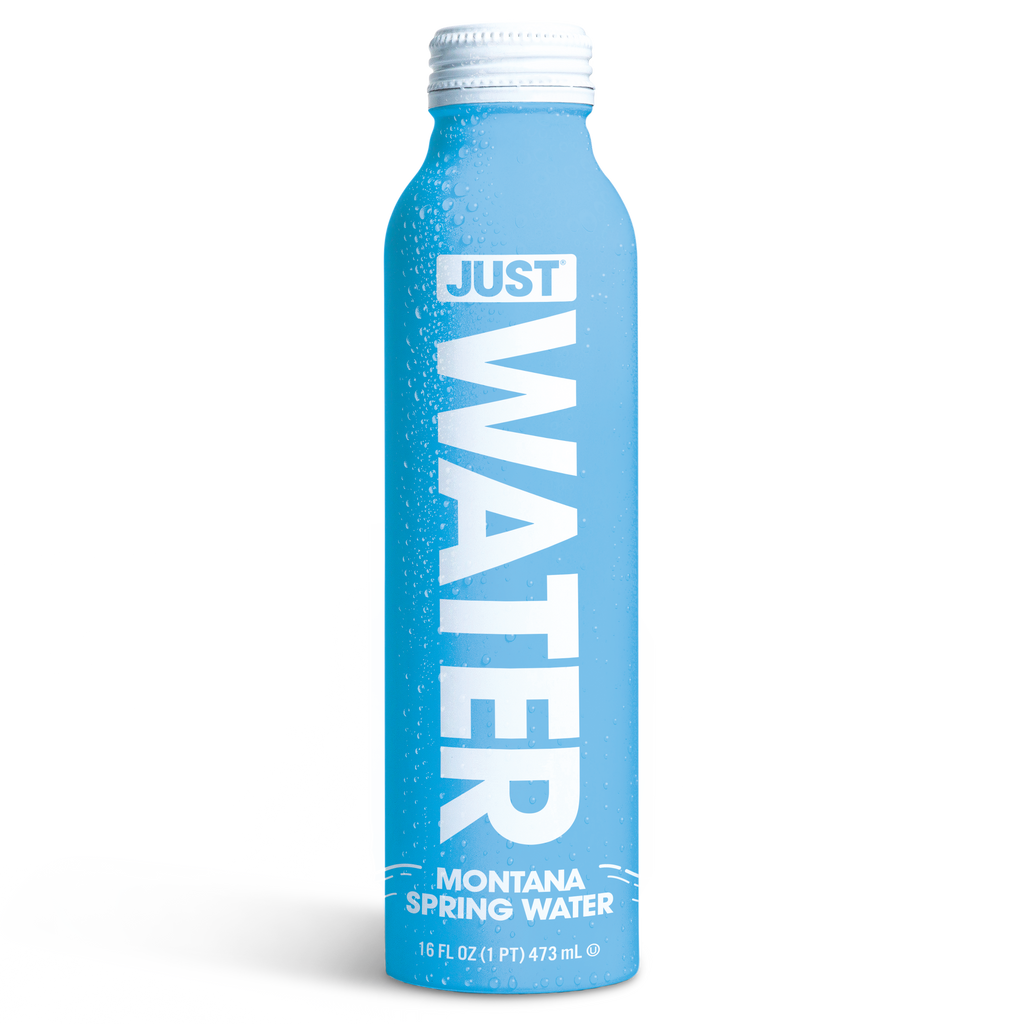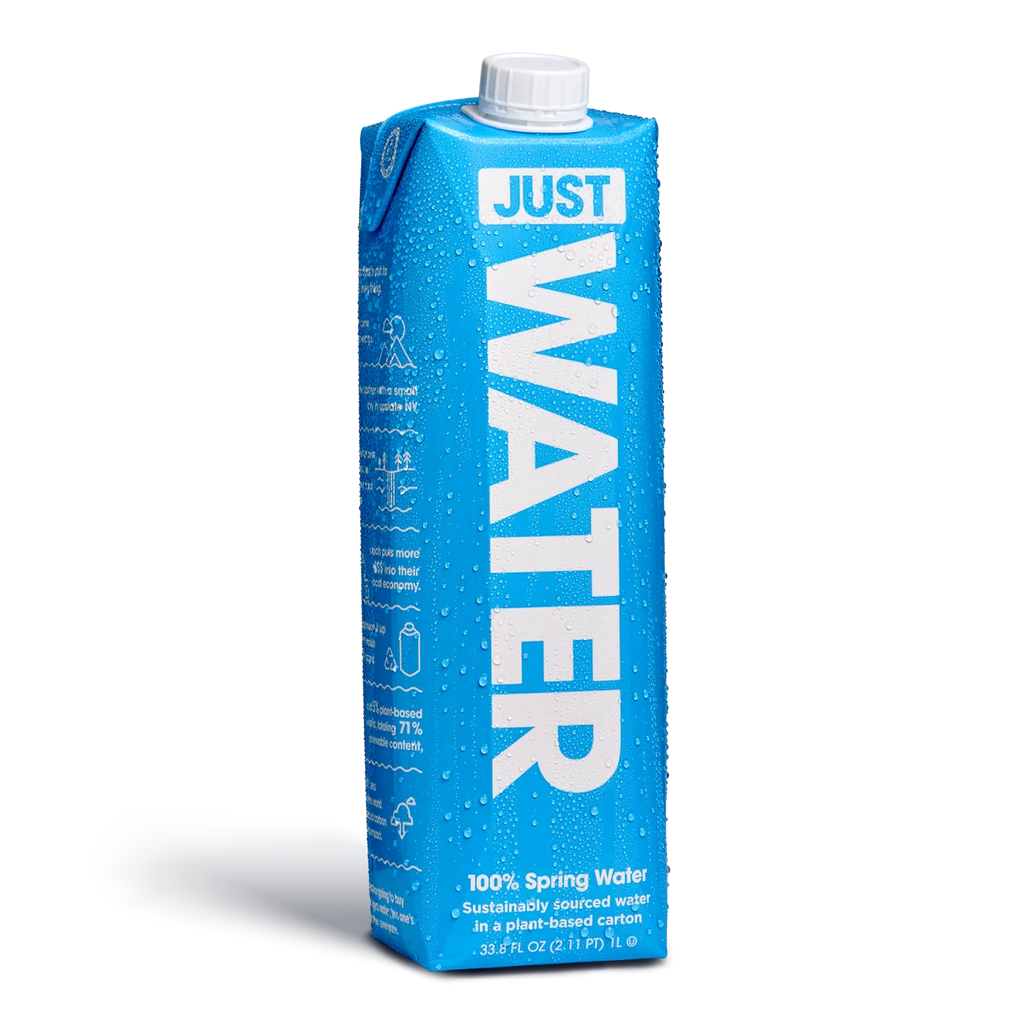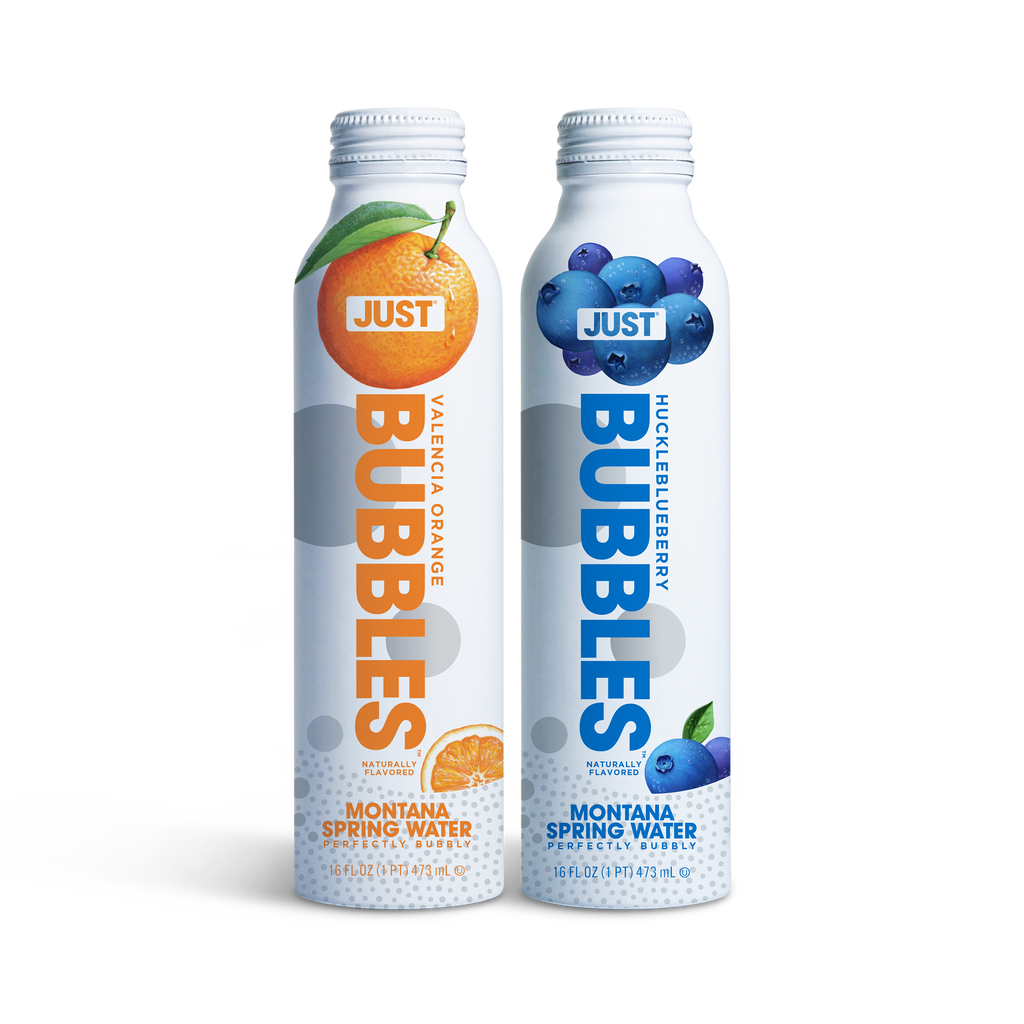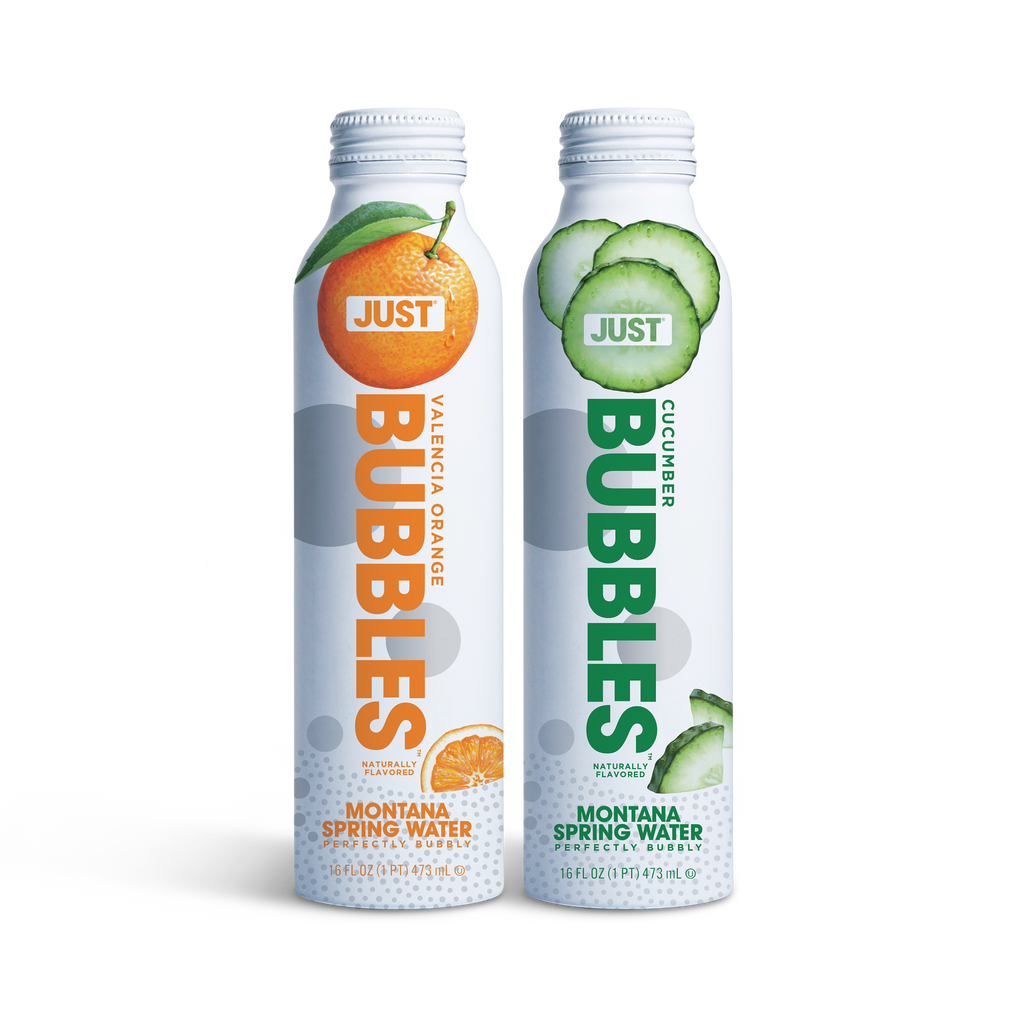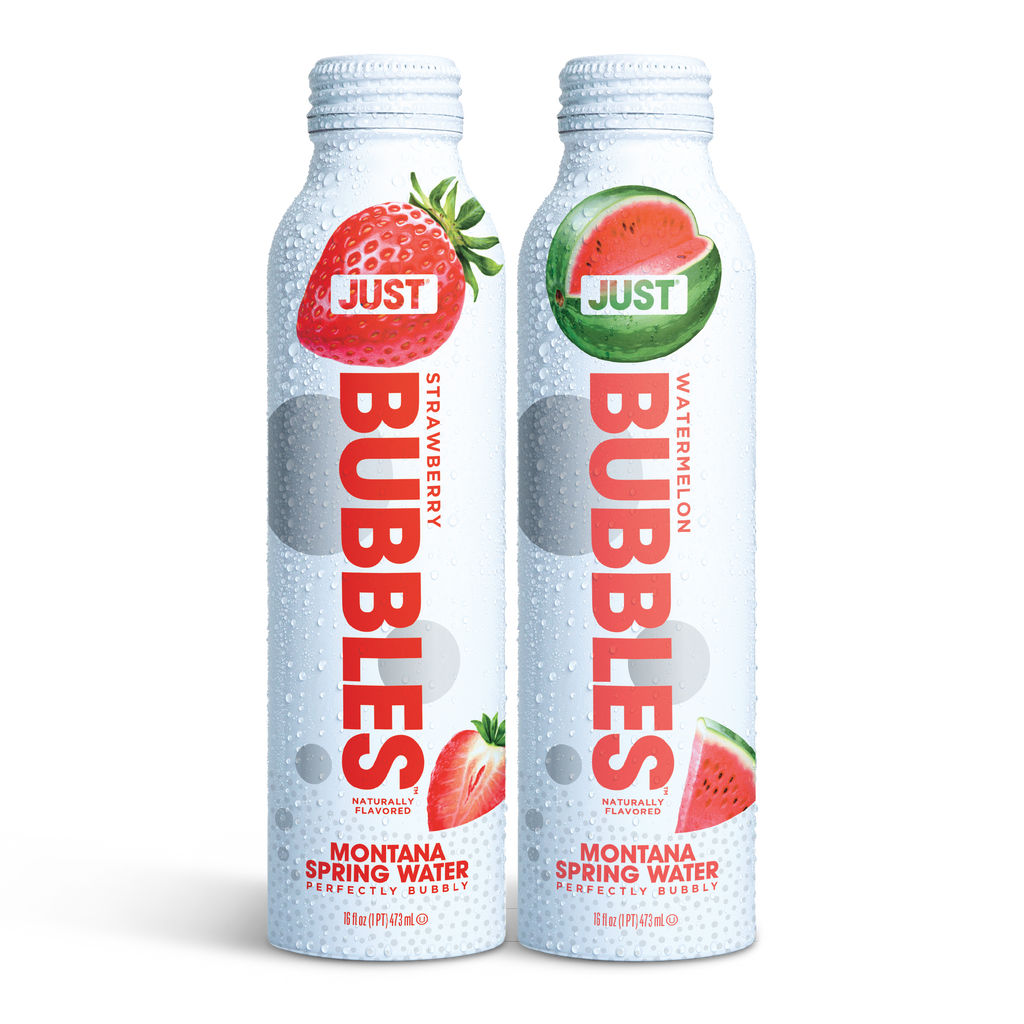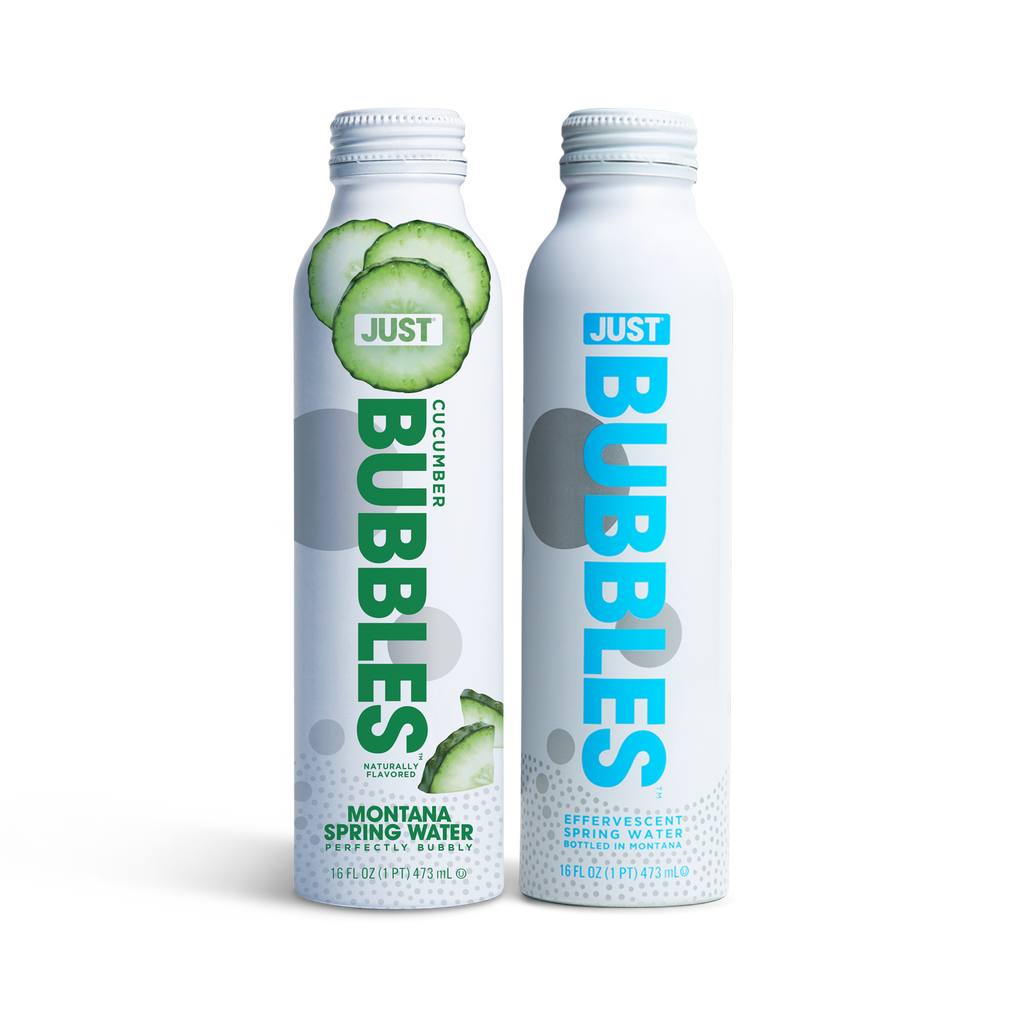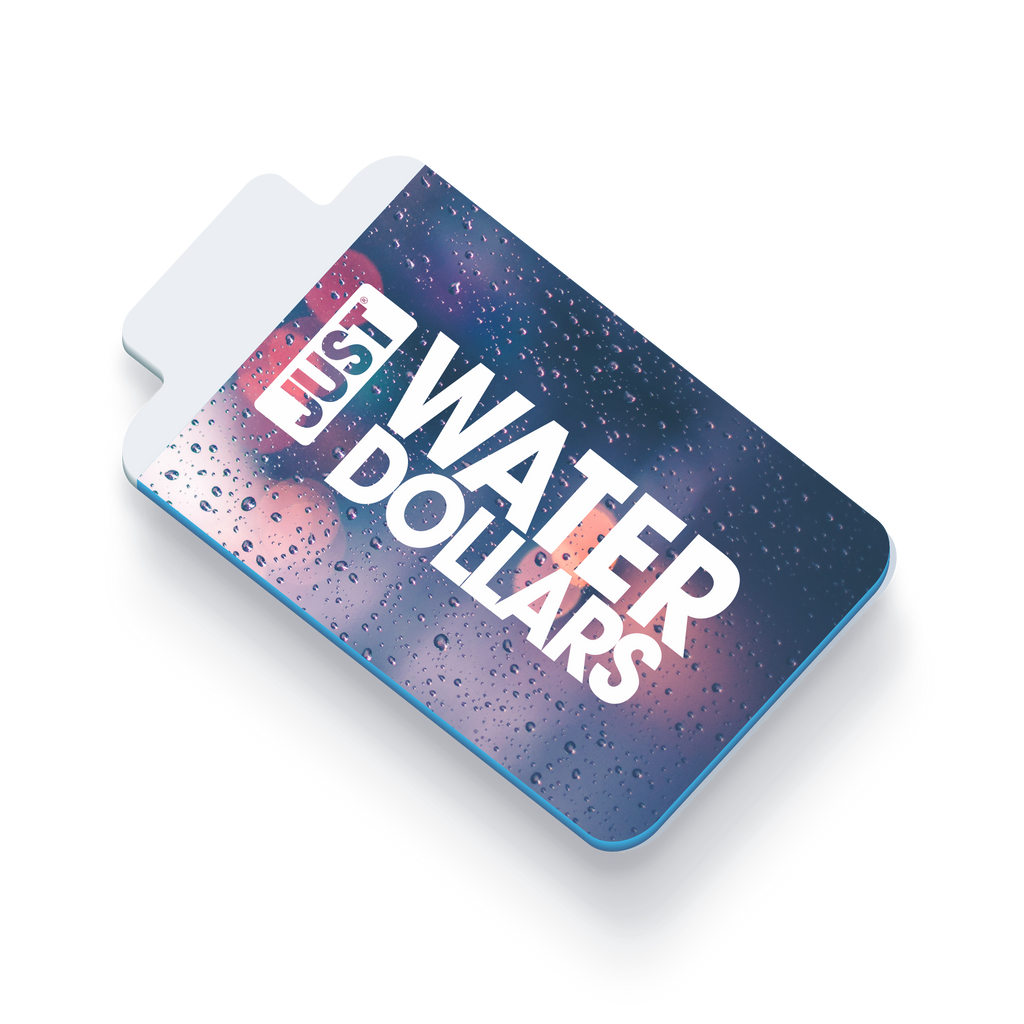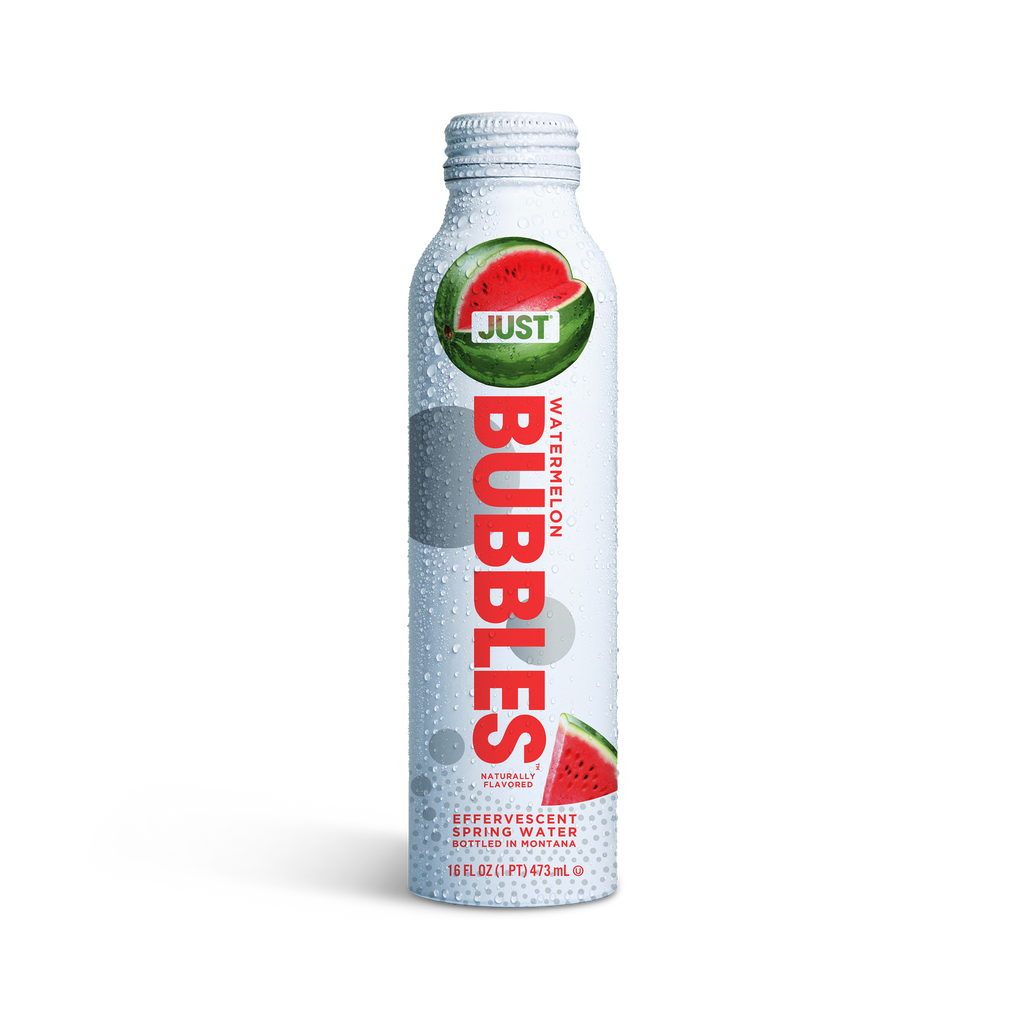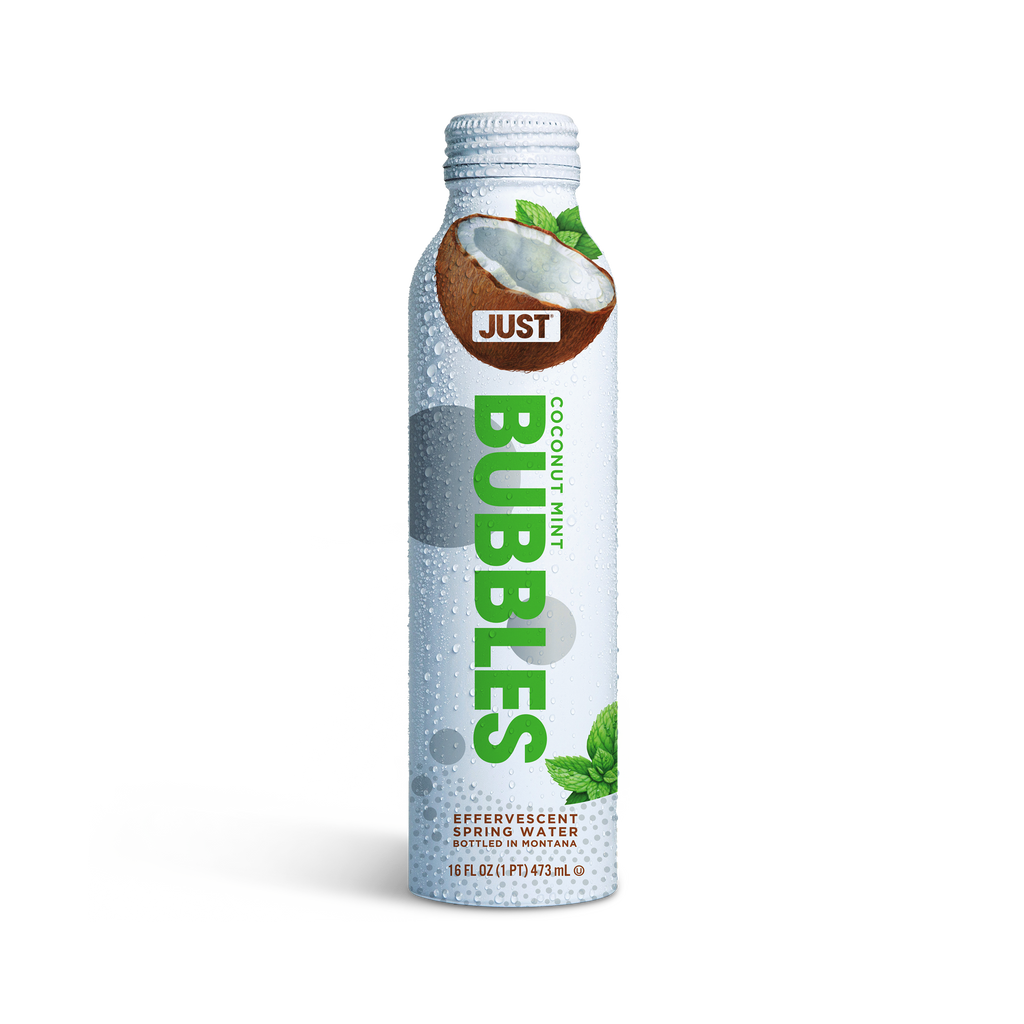PFAS 101: EVERYTHING YOU NEED TO KNOW ABOUT THESE ‘FOREVER’ CHEMICALS
Written by Just Water
Per- and polyfluoroalkyl substances, commonly known as PFAs, have become a topic of concern in recent years due to their potential impact on human health and the environment. Often referred to as ‘forever chemicals’, these man-made substances are nearly indestructible and equally difficult to avoid. From food packaging and cookware and worse, to the drinking water we regularly consume, PFAs have permeated nearly every area of our daily lives–and not without cost. Today, we’ll break down everything you need to know about PFAs, and take a closer look at the presence of these chemicals in the beverages we consume as well as ways to protect yourself and your health from these toxic substances.
What are PFAs?
PFAs are a group of synthetic chemicals that are characterized by their strong carbon-fluorine bonds. These bonds make PFAs highly resistant to degradation, which is both a plus and a minus, depending on how you look at it. On one hand, their durability and water-resistant properties make these chemicals useful in applications like non-stick cookware, stain-resistant fabrics, and firefighting foams. On the other hand, their persistence in the environment and our bodies has raised concerns about their potential long-term effects.
What Risks do PFAs Pose?
The potential risks associated with PFAs are a subject of ongoing research, but some major red flags have already been raised. From our health to our planet, here are a few of the major findings that are cause for concern:
- Bioaccumulation: PFAs can accumulate in living organisms over time, leading to potential health risks. Long-lasting PFAs can enter the food chain, affecting animals and potentially humans who consume contaminated food or water.
- Health Effects: Some PFAs have been associated with adverse health effects, including developmental issues, liver damage, immune system suppression, and an increased risk of certain cancers.
- Environmental Impact: The persistence of PFAs in the environment raises concerns about their impact on ecosystems and wildlife. Contaminated water sources can harm aquatic life, in addition to affecting soil quality.
PFAs in Sparkling Water
One surprising source of exposure to PFAs is in everyones favorite light & refreshing sip, sparkling water. While the primary concern regarding PFAs has been their presence in food packaging and non-stick cookware, recent studies have also detected these chemicals in certain types of bottled sparkling water. This discovery has raised questions about how PFAs are entering the water supply chain and what potential risks they might pose to consumers.
How do PFAs End up in Sparkling Water?
The presence of PFAs in sparkling water is likely due to contamination during the water treatment and bottling processes. PFAs can leach into the water from various sources, including water sources themselves, equipment used in water treatment, and the bottles in which the water is stored. This contamination can happen at any stage, from the water source to the consumer's hands.
Protecting Yourself & Mitigating Risks
While the toxicity & potential health hazards associated with PFAs is and should be cause for concern, there are steps you can take to protect yourself, your health, & your home from these ‘forever chemicals’. First, you can also reduce your exposure to PFAS by avoiding items that are likely to contain them, including items typically marked as stain-resistant or water-resistant, packaged greasy foods, Teflon coated, non-stick cookware, and stain-resistant fabrics. Another important measure to take is to examine the drinks you’re consuming, including sparkling water and choosing brands with a “PFA-free” label, such as JUST.
JUST a Final Word
As a brand built on a mission to provide water for the people & packaged for the planet, ensuring we provide the highest quality, safest products possible is at the forefront of what we do and what we offer. While the federal government has only issued voluntary guidance regarding PFAs, we chose to take matters into our own hands, implementing rigorous testing to guarantee our water was well below the recommended 70 parts per trillion outlined.
Unwilling to offer a product we wouldn’t comfortably serve our closest loved ones (or drink ourselves), we’ve ensured that both our Bubbles and Still water are completely free of PFAs. Through our commitment to the well-being of our customers and preservation of this big, beautiful planet we call home, we remain committed to maintaining undetectable levels of PFAs now and in the future.
If you are concerned about the health implications of PFAs, please consult with your doctor to assess your risk and develop a plan to reduce your exposure to PFAS. Additionally, we suggest taking a look at PFAS Central’s database of PFAS-free products, to make sure the brands and products you’re purchasing and using are safe and pose little to no risk to you or your family.
The findings on PFAs highlight the need for improved monitoring, stricter regulations, and increased consumer awareness. As we continue to learn more about the impact of PFAs, it's important for both individuals, brands, and industries to take steps towards minimizing their presence and potential risks to ourselves and our planet.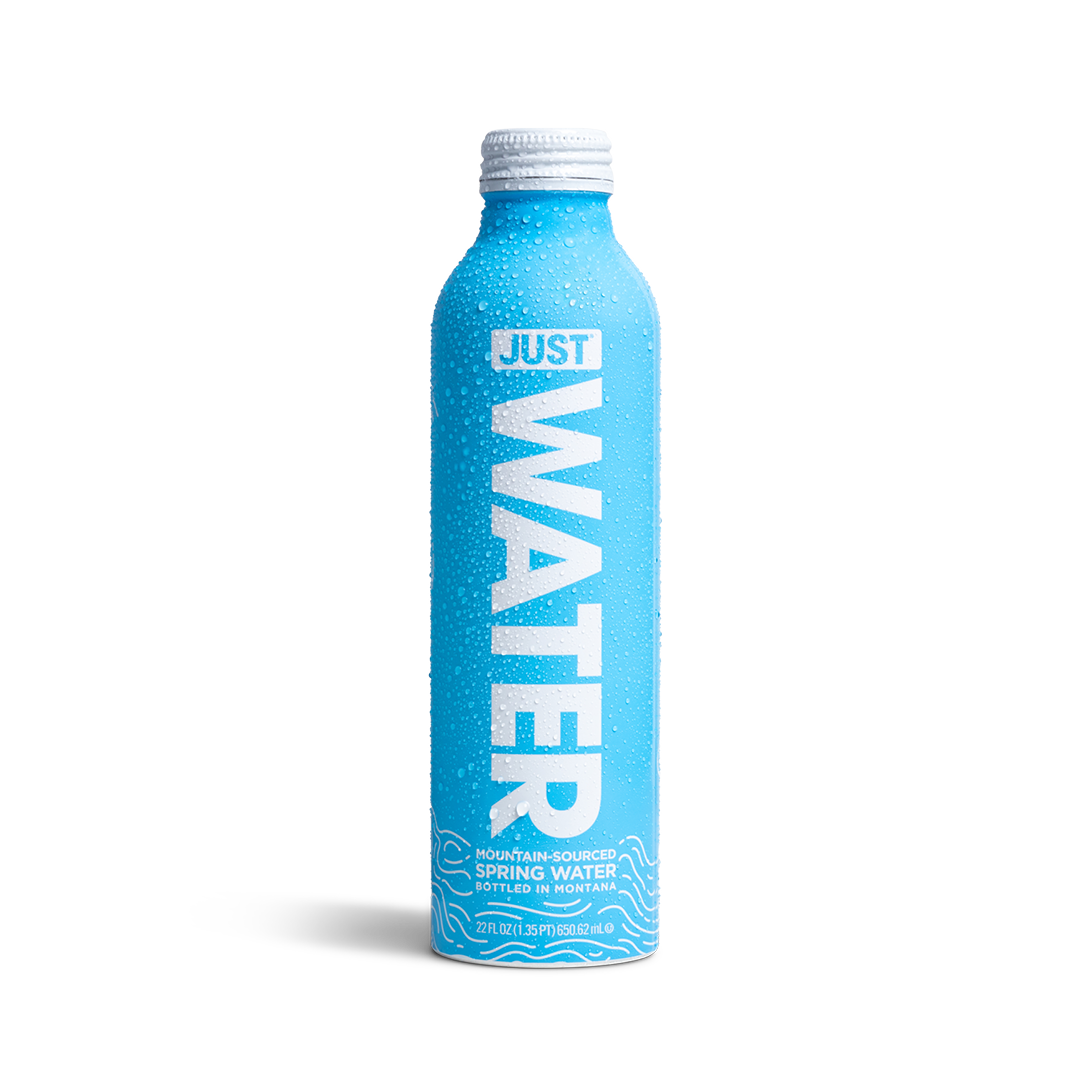
JUST WATER
Spring Water -- 22 fl oz Aluminum | 12 Pack
